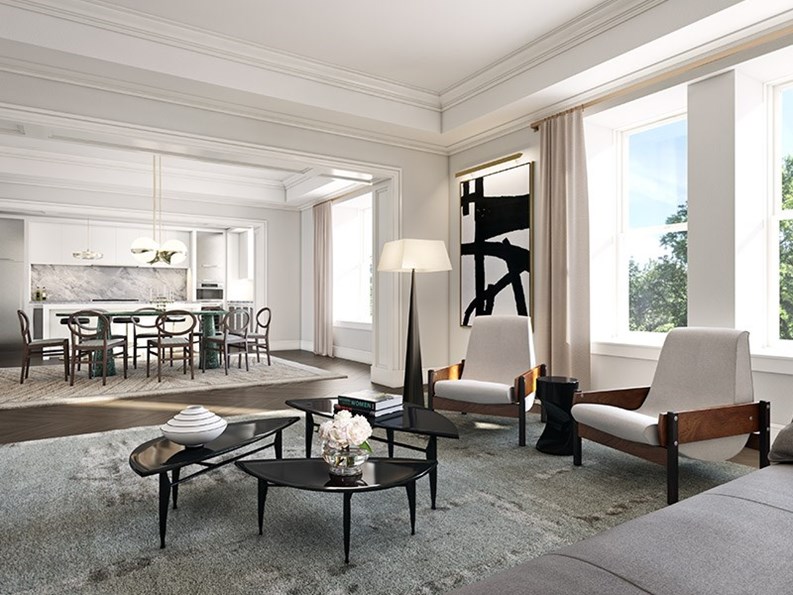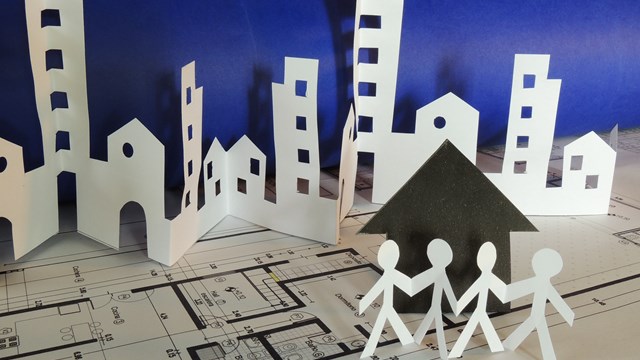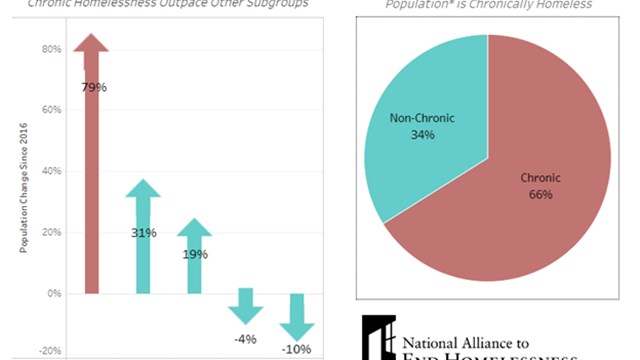High-end residential development has hit New York City over the last five years in ways both shocking and profound. At the far West Side development called Hudson Yards, a new neighborhood is being created that will house thousands. And in Downtown Brooklyn, the skyline has been completely altered with the addition of a dozen or more new high-rise developments.
The glut of rental apartments in these areas is also affecting the market. But despite the rampant development and the modern amenities that often come with it--from children’s playrooms to gyms to roof decks--classic New York City buildings have lasting appeal. That’s because they offer what new developments can’t: history, time-honored charm, and the one amenity that can’t be replicated--age and maturity.
Sturdy and Classic Design
You’ve heard the saying: “They don’t make them like they used to.” When it comes to construction, that’s often true.
“The quality of the build out [in pre-war buildings] is always superior in many ways,” says Frances Katzen, an associate broker at Douglas Elliman on Madison Avenue. “[They] are much more durable and the sound attenuation is much better.”
Kathy Murray, an associate broker also with Douglas Elliman on the Upper West Side, agrees.
“Pre-war buyers are typically attracted to the higher ceilings, larger room sizes, and features such as the woodwork and plaster ornate details that you can not find in a new build,” she says. ”I find buyers are gravitating back to the formality that a pre-war can offer; for instance, a formal dining room, and a separate kitchen.”
They’re a Rarity
Another reason why pre-war residences command attention when they come on the market is that they aren’t as available.
“[The] overall value is good because the amount of older co-ops are limited,” says Katzen. “They're not easily attainable in New York City now. Pre-war co-ops are a rarity and novel. You cannot build new ones. The constrained supply makes it more valuable.”
Currently on StreetEasy, there are 2,737 pre-war residences for sale in Manhattan and 3,620 in post-war, 739 of which are new.
Mixing Old With New
Some pre-war buildings are changing with the times to fit the desires of buyers who want the old with the new, says Murray.
She mentioned the Chatsworth, at 344 W. 72nd St., as an example. It is undergoing a complete renovation that will retain details but add amenities often found in newer high-end developments like yoga or exercise rooms, game rooms and a wine tasting room.
“In terms of amenities, many of today's buyers do like the amenities of a new build. They do like the children's play room and the fitness center,” Murray says. “Many pre-war co-ops realize this and are starting to build out these amenities if they have the space to do so.”
Just like with the latest computer or smartphone, newer residential developments will always continue to evolve and modernize with the latest features to attract consumers. Yet there’s an undeniable cachet and aura associated with pre-war buildings, proving that there is still a marketplace for something proven and classic.
Georgia Kral is a staff writer at The Cooperator







Leave a Comment